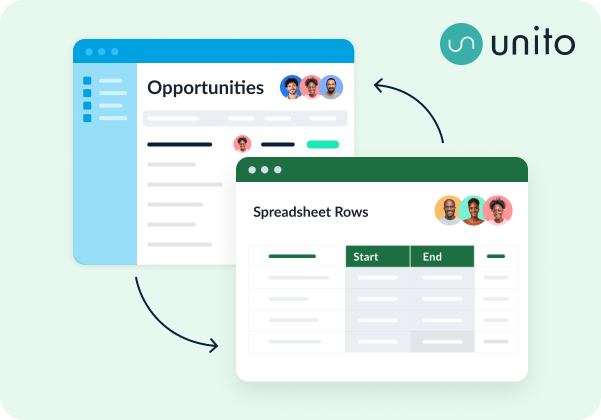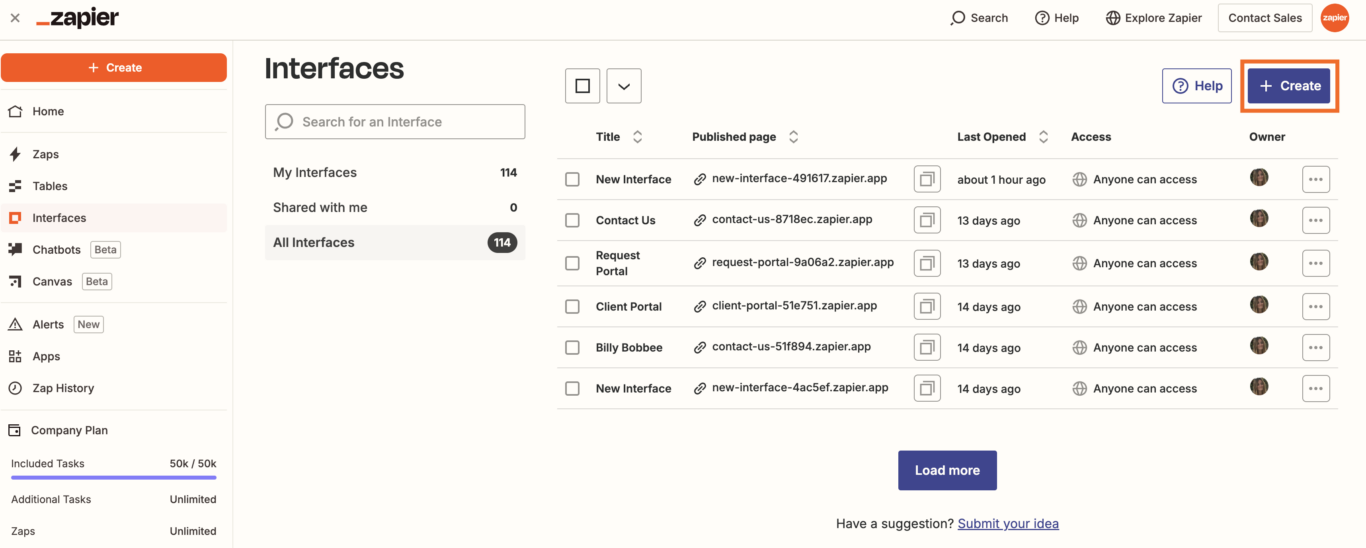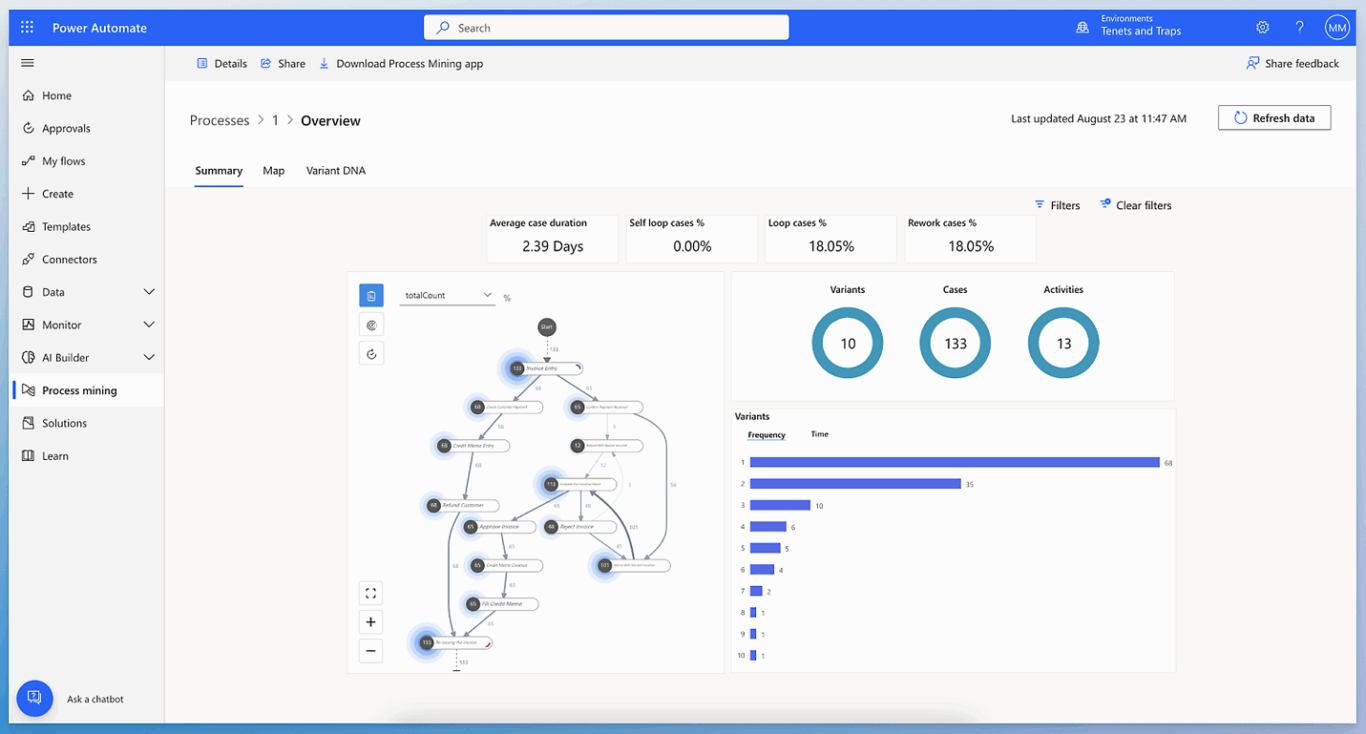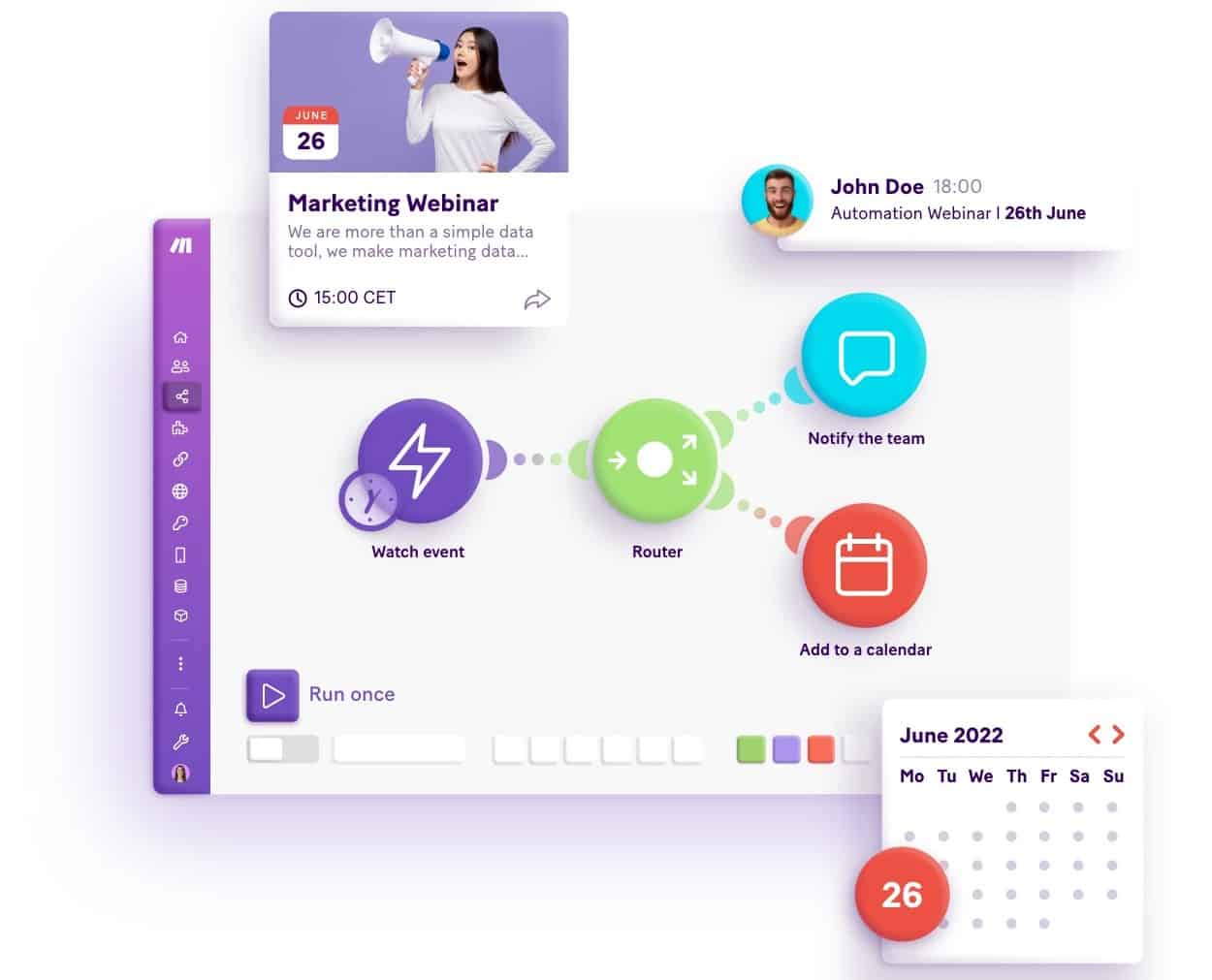Complete Workflow Automation Guide 2025: Best Practices and the Impact of AI
“There has to be a better way to do this.”
That frustration is at the heart of many workflows. It happens when you need to copy data from one tool into another. It happens when a deliverable you’re waiting on to start your work falls through the cracks. It happens when projects go over budget because essential tasks ended up requiring much more work than anticipated.
Workflow automation won’t eliminate all that frustration, but it can make a good chunk of it disappear.
Whether you’re drowning in manual data entry, constantly switching between disconnected tools, or looking to scale your team’s productivity, workflow automation can transform the way you work. This guide covers the essential tools and implementation strategies you need to succeed in 2025.
What is workflow automation?
A workflow is a map for getting routine work done efficiently. It’s a system that standardizes important work so it’s completed in a consistent way. Workflow automation uses software to execute these systems automatically, eliminating repetitive manual tasks that can slow teams down or introduce errors in important work.
Workflow automation software can include the following:
- Automated data synchronization between business applications, which keeps information up to date as your teams work in multiple tools.
- Smart triggers that initiate individual automations based on specific, pre-determined conditions.
- Intelligent routing, which sends tasks to the appropriate team members with little or no input from human contributors.
- Real-time updates across all systems involved in your workflow.
- AI-powered optimization, which improves automations over time.
Basic automation tools — like IFTTT — can allow individuals to automate basic tasks, but they pale in comparison to dedicated workflow automation tools. Tools like Zapier allow users to chain up several automations, essentially automating across an entire workflow. Two-way sync platforms like Unito build relationships between work items throughout your workflows, effectively automating your work in all directions.
Why workflow automation?
Beyond just the satisfaction of eliminating tedious manual work, workflow automation comes with some serious benefits:
- Productivity gains: Manual work and data entry can completely choke up your workflows, creating bottlenecks for important projects. With workflow automation, your teams can hand off routine work and focus on the tasks that truly need their input.
- Error reduction: Manual process like data entry can accidentally introduce errors into your workflows. Some of these errors can have a massive impact on the latter stages of your workflow. Automation helps to eliminate these.
- Enhanced collaboration: Workflow automation leads to fewer dependencies and stronger communication, as updates and data are automatically sent to the people who need them. This not only improves existing collaboration but can unlock new opportunities.
- Scalability: Automation is essential for building workflows that scale with your needs. When adding more tasks doesn’t add an equivalent amount of manual work, you’re free to squeeze as much value out of every workflow as you can.
- More resources: By getting rid of dull manual work and other inefficiencies, you’re freeing up time and effort that your team can put towards other tasks.
Better compliance: Some workflows can handle a bit of variance; others absolutely can’t. When it comes to workflows with any kind of legal or compliance requirements, automation can ensure that you stay within the lines every time.
Best workflow automation tools for 2025
Workflow automation tools can vary widely in their functionality and the types of workflows they can support. Basic automation tools can handle short chains of simple tasks, while others are suited to even the most complex workflows. Here are some of the best tools on the market right now.
Unito: Best two-way sync platform

Unito is a two-way sync platform with enterprise-grade security and no-code simplicity. Unlike tools that create one-way automations, Unito creates a true connection between individual work items (think a task or a spreadsheet row), allowing changes to flow back-and-forth across over 60 integrations.
Perfect for: Cross-functional teams needing real-time collaboration across project management tools, CRMs, and other productivity tools.
Why Unito leads the market
- True two-way sync.
- Deploy integrations in days, not months.
- Enterprise-grade security, including SOC 2 Type II certification.
- Field-level mapping and custom field support.
- Historical data support.
Zapier: Most connectors

Zapier is one of the leading providers of one-way automations capable of handling everything from the simplest projects to the most complex workflows. With thousands of potential connectors, you’ll be hard-pressed to find a system that Zapier doesn’t support.
Best for: Organizations that need robust, one-way automations.
Key limitation: No two-way sync.
Microsoft Power Automate: Best robotic process automation tool

Microsoft Power Automate is a popular RPA (robotic process automation) platform, which allows users to pre-program robotic agents that automate the actions a person might take throughout a workflow. These agents can interact with the systems you use independently, clicking through them exactly like you would.
Best for: Organizations already heavily invested in Microsoft’s ecosystem.
Key limitation: Significant technical knowledge required to deploy.
Make: Powerful visual workflow builder

Make’s visual workflow builder allows teams to turn individual automations into a single, cohesive workflow. With no code required to build and a simple, drag-and-drop interface, these automations can be deployed by teams with limited technical resources.
Best for: Complex, multi-step automations
Key limitation: One-way automations.
How to implement workflow automation tools
Step 1: Identify automation needs
Not all workflows can, or should, be automated, especially if your organization doesn’t have experience setting these automations up. Whether you’re starting a pilot project to explore a potential tool or getting a list of requirements ready for that exploration, begin with processes that are:
- High volume and repetitive: If you find yourself doing the same tasks over and over again, it’s a sign that you’re dealing with a process that could be automated.
- Rule-based with clear triggers: If you can map clear triggers and actions for a workflow, then it might be a good candidate for automation. Messy workflows, like some creative processes, might not be initially suited for automation.
- Time-consuming but low-value: You shouldn’t start with high-value, high-risk workflows when testing a new workflow automation solution. The right workflow should involve significant manual work so you can see the impact of an automation, while not being too central to your organization.
- Error-prone when done manually: Workflows with a high risk of potential errors, such as data entry mistakes from transferring information back and forth between systems, are good candidates for automation.
Step 2: Choose the right platform
Not every automation platform is suited for every organization. When looking for the right platform, you should draft a list of requirements that you can match up against platforms you consider for your organization. This list should include:
- The type of automation you need: A two-way sync platform has very different functionality than a one-way automation provider like Zapier. You should explore your options to know what kind of automation you need.
- The systems you need to support: Platforms like Zapier support thousands of connectors, meaning most (if not all) of your systems will be supported. Other platforms may only support a few dozen systems, meaning they’re only suited for some workflows.
- Scalability needs: Are you only planning to automate a few workflows? Or will you be scaling automations aggressively after deploying your chosen platform? Make sure that the platform you choose can support the scale of automation you’re looking for.
- Technical aptitude required: Some platforms are rather straightforward to deploy, even without any technical knowledge. Others might require coding, meaning IT or development teams need to get involved.
- Pricing: How much are you willing to pay for a workflow automation platform? How long can you afford the cost before you see a return on your investment?
Step 3: Start small and scale
When you first deploy an automation platform, start with just one or two workflows. Make sure your process is easily testable and repeatable at every point. The goal is to see the impact of a given platform on a process that won’t put your organization’s main priorities in jeopardy, so you can roll back any changes you made if things don’t go as planned.
Pick a period over which you want to measure the impact of your chosen automation platform, and determine the metrics you’ll use for this. KPIs (key performance indicators) like time saved, money saved, or errors made can give you a sense of the ROI you’re getting from a tool. When your test period has elapsed, look over these metrics. If you see an improvement, try rolling out your automation platform to more workflows, test its impact, and repeat.
Team-specific applications
Marketing teams
Marketers need to work across multiple channels, initiatives, and campaigns. These all add up to a ton of repetitive manual work. By using a workflow automation solution, marketers can greatly reduce the amount of time it takes to launch a new campaign, adjust their paid advertising initiatives, and do what they need to do in order to bring in more leads.
Sales teams
Is your sales team still sitting in the boiler room making endless cold calls? Workflow automation can be just the tool you need to pull them out of the 80s. That’s because your salespeople are at their best when they’re capitalizing on opportunities, not blindly dialing numbers from a list sold by sketchy online dealers. With the right solution, you can automate reach-outs, tailor sales campaigns on the fly, and create opportunities your salespeople can leverage rather than continually butting up against gatekeepers.
Customer support teams
Customer success depends on speed and timeliness. That means having a team of well-trained people that’s large enough to meet the organization’s needs. But workflow automation can also help, here. Many customer support processes can be automated, from answering common questions to automatically escalating support tickets that need input from other experts.
Operations teams
Business operations work is full of processes that beg for automation, especially since they can become unwieldy as an organization scales. Spreadsheets, data entry, and compliance requirements are part and parcel of operations workflows. That makes automation especially important for these teams.
Transform your workflows and eliminate manual work
Workflow automation is essential for staying competitive. Most organizations are adopting intelligent automation in one way or another, meaning the question isn’t whether you should or shouldn’t automate. It’s how you can do it successfully.
Want to know more?
See how Unito can eliminate manual work throughout your organization.
Recent updates
September 10th, 2025: Made significant editorial improvements. Improved listings for workflow automation tools. Added a guide to implementing workflow automation tools.


